NEWS
Heat Wave Disrupts Schools Across Northeast, Upper Midwest
Published
1 year agoon
By
Matthew Hall
Courtesy of @NWS via Twitter
A heat wave that began Tuesday across the Mid-Atlantic and Northeast has disrupted classes at schools that aren’t equipped with air conditioning.
The extreme heat will persist through Thursday, with high temperatures expected in Texas and neighboring states all week, according to the National Weather Service.
The agency said record-breaking temperatures will run more than 10 degrees above normal from Texas into parts of the Upper Midwest, and from the Mid-Atlantic to the Northeast.
Several school districts in the Northeast and Upper Midwest were forced to switch to virtual learning or implement half-days because school buildings were not air conditioned.
Districts in Michigan, Wisconsin, Pennsylvania, New Jersey, Maryland and Connecticut reported altered school schedules this week. Some schools, including in Milwaukee and Philadelphia, dismissed classes early on Tuesday before peak heat, while students in Pittsburgh and Baltimore were told to stay home and log on for virtual classes.
“The record heat waves affect more than school schedules, disrupting day-to-day life for millions of Americans and American businesses, especially as workers are cajoled back into offices by their employers,” said Bradley Schurman, founder and CEO of the demographic strategy firm, The Super Age, which helps public and private-sector organizations navigate disruptive population change.
“School cancellations will force many parents to work from home since on-demand child care is hard to come by. Employers will need to be flexible and show empathy during this period,” Schurman said.
A front brought some relief to parts of the Upper Midwest on Tuesday before moving eastward toward the Great Lakes, Ohio Valley, and Lower Mississippi Valley by Thursday. As the front travels east, it will produce strong to severe thunderstorms from the Great Lakes south to the Tennessee and Lower Mississippi Valleys, the National Weather Service said.
Meanwhile, smoke from wildfires in Canada will move over the northern High Plains and Central Plains, prompting air quality alerts in the region, the agency said.
According to the agency, excessive heat is the leading weather-related killer in the United States. Heat advisories are issued when the heat index, which measures how hot it feels with humidity factored in, reaches at least 100 degrees, except a few locations where the threshold is 105 degrees.
The agency said the combination of hot temperatures and high humidity can make heat-related illness possible, and advised residents under heat advisories to drink plenty of fluids, and stay out of the sun, if possible. For those who must work outdoors, the agency advises light, loose-fitting clothing and frequent breaks in the shade.
TMX contributed to this article.
More From Weather Traker
-


Driveways, backyards and roads turned to rivers in Nyack, NY
-
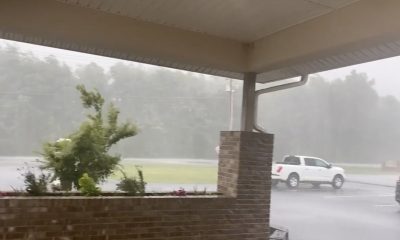

Holy Cannoli! The rain came to Henagar today!
-


Getting a bit of rain this morning on South 10th…
-
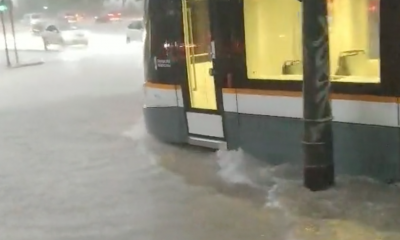

Tram Struggles to Get Through the Flooded Streets of Valencia,…
-
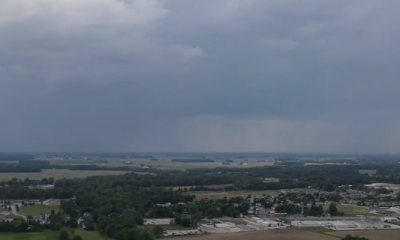

Time-lapse of a thunderstorm Northwest of Bluffton Indiana this afternoon.
-
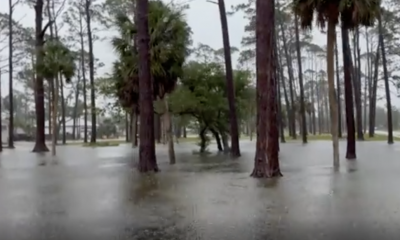

Flash Flood Warnings Occur in Port St. Joe, FL
-


Major Storm Destroys the Town of Castlewood in South Dakota
-


Small Twister Interrupts a Baseball Game, Goes to the Pitchers…
-
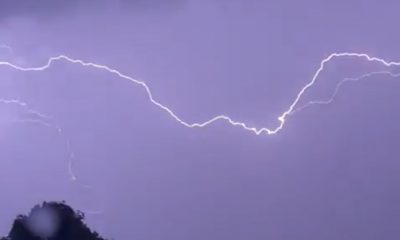

Some pretty solid storm action in Fareham
-
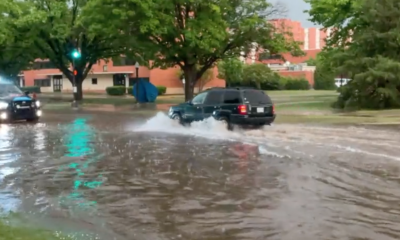

Serious Flooding in Norman, Oklahoma
-


Tornado Hits Town in Gaylord, MI
-
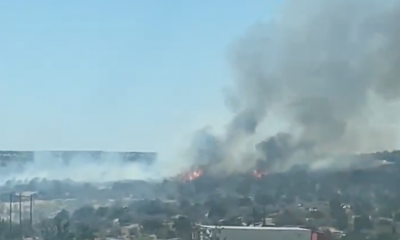

Wildfire Smoke and Flames Seen From the Road in New…
